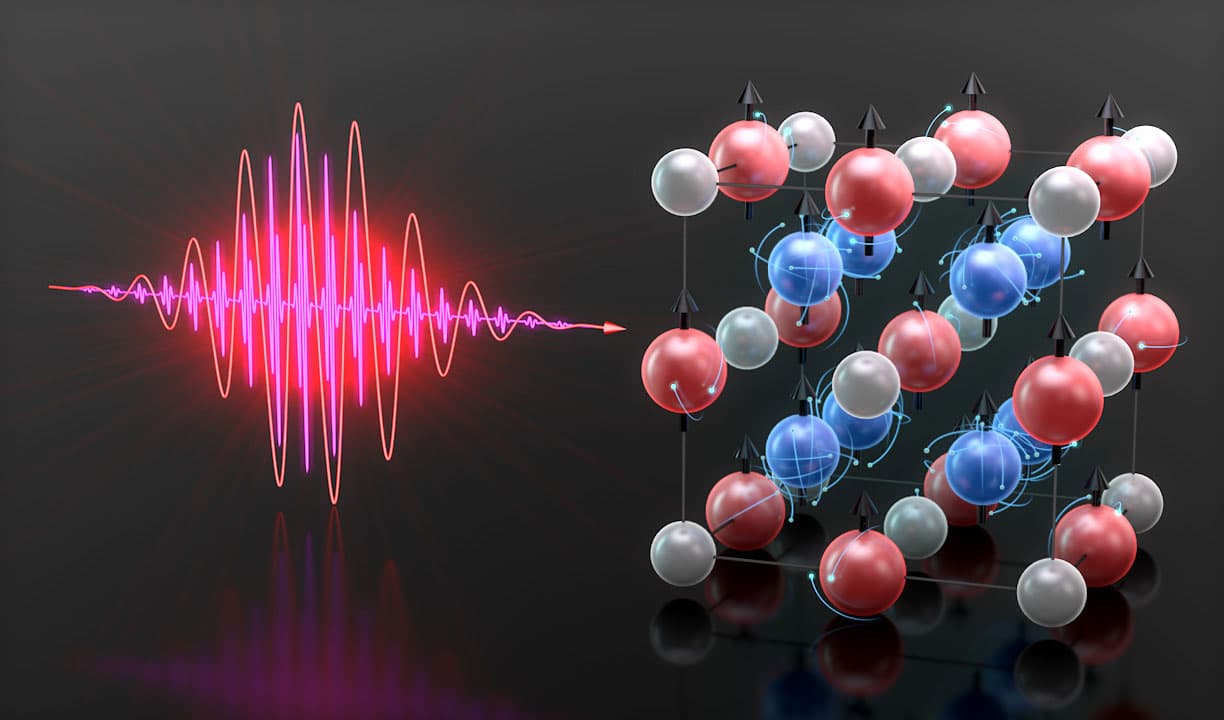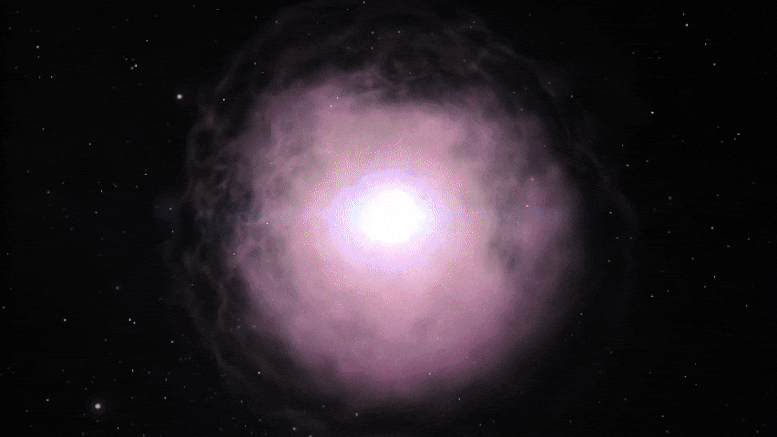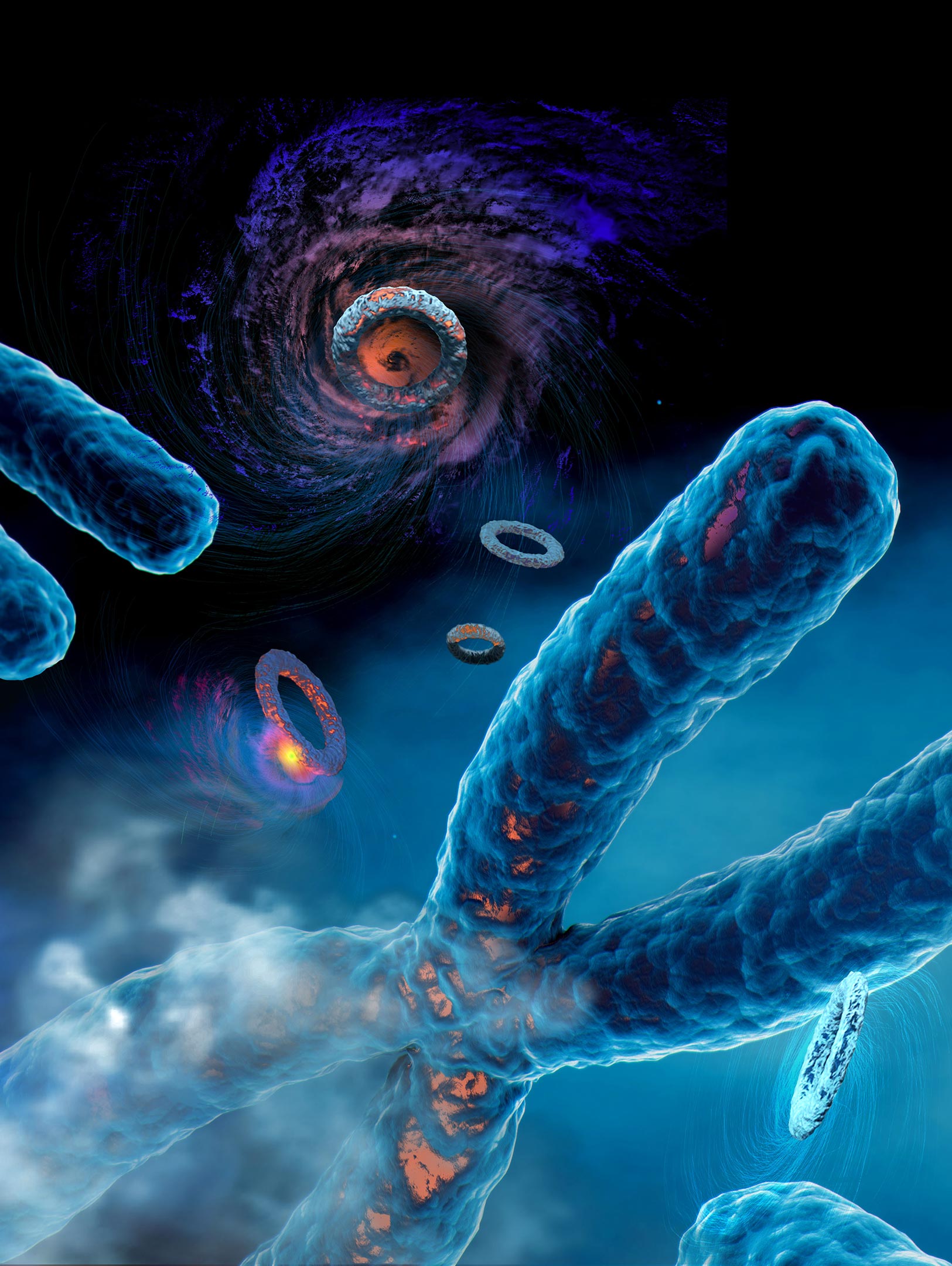
In our letter grid, which you can download here, you will find the 17 known types of fundamental particle (we have let you off the antiparticles), the 20 standard amino acids that make up life’s proteins and all 118 officially named elements in the periodic table.
Fair warning: the words you are looking for can be horizontal, vertical or diagonal, and go backwards as well as forwards. And because we know how clued-up you are, we aren’t going to give you any of the words.
Oh ok then, if you’re really stuck you can find the complete word list here – and the completed solution here.
Good luck!
More on these topics:
Note: This article have been indexed to our site. We do not claim legitimacy, ownership or copyright of any of the content above. To see the article at original source Click Here












